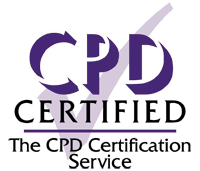In this article, the authors describe the importance of identifying aspirin-exacerbated respiratory disease in patients with chronic rhinosinusitis refractory to standard medical treatment. This can then open the door to considering aspirin desensitisation treatment which, in their hands, has proven...

